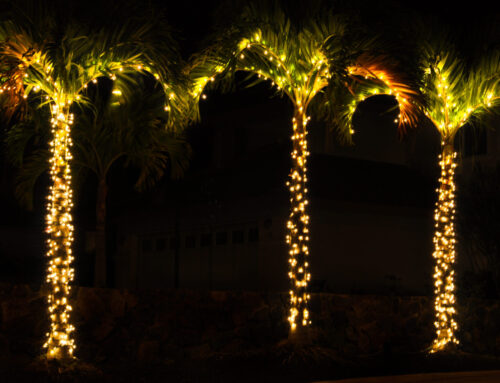The celebration of the Chinese New Year is a celebration of family, feasting, good fortune and hope for the new lunar year. Although China currently operates on the international Gregorian calendar, the lunar calendar is still a central part of traditional and ceremonial family life for Chinese throughout the world. This Saturday, January 28, 2017 marks the start of a new lunar year, and celebrations are already underway to celebrate it throughout the islands. A rotating zodiac of 12 animals is used, with one animal assigned to each year; rat, ox, tiger, rabbit, dragon, snake, horse, goat, monkey, rooster, dog and pig. Last year, 2016, was the year of the monkey. This year is the year of the rooster, the tenth sign on the zodiac, which is seen as confident, honest and hardworking. Below is a brief history of the new year celebration and what you should expect to see during this time on Oahu.
When and Why it is Celebrated

Image via Waikiki Trolley
The largest number of Chinese immigrants arrived on Oahu during the second half of the nineteenth century, in response to a growing need for labor on the sugar plantations. Many of their descendants still remain on the island, so Chinese New Year is a significant celebration on Oahu. The start of the Chinese lunar year is celebrated annually, generally beginning between mid-January and mid-February. The celebration coincides with the slack time associated with an agrarian society, and traditionally expressed the wish for a good harvest in the coming year. It evolved to include celebrating a new business year and the wish for profits and success.
Symbolic Color

Image via Wikimedia
Red is believed to bring good luck and prosperity. The color can be seen during this time in many places, including clothing worn by celebrants, lanterns decorating homes, and in red envelopes containing cash exchanged as gifts.
Where to Go and What to Look for to Join the Fun

Image via Hawaii Lion Dance Association
Each year, Chinatown on Oahu is the place to watch fireworks, a parade, kung fu exhibitions, and music performances. Other events include the Narcissus Queen Pageant, and the Narcissus Festival and Lion Dances. This year, the Ala Moana Shopping Center features family-friendly entertainment between Thursday, January 26, 2017 and Saturday, January 28, 2017. The entertainment includes great photo opportunities, such as appearances by the Narcissus Court and a chance to meet members from the Hawaii Lion Dance Association to learn about the history of lion dancing.
What to Eat

Image via LA Weekly
Chinatown is also the place to find a wide sampling of traditional dishes with specific meaning to the celebrations, such as nian gao (rice cakes), eaten to celebrate the beginning of the rice harvest and for increasing prosperity year after year. Yu (fish) also eaten for prosperity, with leftovers for the next day, so the prosperity will overflow. Tang yuan (sweet rice balls) are typically consumed during the 15th day of the celebration, known as the Yuanxio Festival. Luo buo gao (turnip cake) originated in the Guangdong province and is associated with good luck and fortune. Jiao zhi (dumplings) are shaped like an old-fashioned gold ingot and are traditionally prepared on New Year’s Eve and eaten at midnight to ring out the old year and ring in the new. Mian tiao (long noodles) represent longevity and are generally served uncut. Chang nian cai (mustard greens) are perennial vegetables that can’t be overcooked and symbolize long life. Shui guo (fruit), especially ju (oranges), are considered to be symbols of luck. Chun juan (spring roll) is a symbol of wealth. Jia qin (poultry) is served whole with the head and feet attached to symbolize unity and a good marriage between families.
With so much to do and see, the annual Chinese Lunar New Year Celebration is great family fun.
How are you planning to celebrate the Chinese New Year? Let us know in the comments below!







Leave A Comment